4 Types of Acne and How to Treat Them
Acne is a common skin disease, and acne is one of its main symptoms. All pimples begin as pore blockages or comedos. First, they are small bumps that do not involve swelling. However, when bacteria infect a comedo or squeezing it causes irritation, it turns into an inflamed pimple with redness and swelling. There are four main types of swollen pimples:
- Papules
- Pustules
- Nodule
- Cysts
Papules
Papules are swollen spots that appear on the surface of the skin. They look like red bumps or lumps on the skin; They don’t have whiteheads.
Papules can be large or small and can occur anywhere on the face or body, including your:
- Neck
- Chest
- Shoulders
- Back
- Butt
Causes
Papules result when the wall of the hair follicle, which we often call a pore, breaks down. This allows cellular debris and bacteria to spread into the dermis (the deepest layer of the skin).
A rupture in the pore wall occurs when the follicle becomes blocked and filled with dead skin cells and oil. The pressure of squeezing a blackhead or blocked pore can also lead to a rupture.
No matter what caused the break, it triggers inflammation in and around the follicle. This area becomes red and swollen, forming the hard red lump we call a pimple.
Treatment
First things first – don’t squeeze a papule to try to get it on the head. You probably won’t remove any debris from the pore, but will simply make the blemish more swollen. Most papules heal quickly and without scarring, as they are not deep sores.
Over-the-counter benzoyl peroxide treatments can help heal acne papules and prevent new blemishes from forming. If OTC products don’t improve your breakouts after 10 to 12 weeks, however, it’s a sign that you need a prescription acne medication.
Pustules
Pustules are your “typical” pimple-reddish and swollen with a clear head.
Often the head is white (that’s why these blemishes are also called whiteheads) but it can also be cream to yellow in color. Sometimes a brown spot can be seen in the center of the head of the spot. This is the plug of debris within the comedonal core, or orifice.
Acne pustules range in size from small to very large. They develop in the same areas that papules do – namely the face, back, and shoulders.
Causes
Pustules follow the papules. After the pore ruptures, the body rushes to the defense of the bacteria and helps the wound heal. To do this, it sends white blood cells to act. After this pus is formed.
It is the mixture of pus, dead skin cells and excess oil that gives a pimple its white cap. When you pop a pimple, you squeeze the same out of the pore.
Well, bursting pimples is never a good idea. When you squeeze a pimple you can inadvertently push the material deeper into the pore, making the blemish worse.
Treatment
Like papules, mild acne or the occasional pimple can be treated at home with an OTC benzoyl peroxide cream or cleanser. Acne spot treatments containing salicylic acid can also help dry up occasional blisters.
If you have many pustules, or if they are very inflamed and difficult to control with OTC products, you should see a dermatologist. Prescription medications, such as topical retinoids or combination acne treatments, can help clear up these breakouts.
Nodule
Nodules are a severe type of acne rash. Nodules are large, swollen sores that feel like hard, painful lumps under the skin. Where there are papules and pustules on the surface, the nodules are deeper within the skin.
Causes
An acne nodule develops when the wall of the follicle breaks down deep within the dermis. The contaminated debris from the follicle empties into the dermis and infects the surrounding follicles. The damage and irritation cause the area to swell significantly, so the nodules are quite painful.
Like pustules, nodules can be filled with pus, but because they are so deep within the skin you won’t see a white head.
Treatment
Occasional nodules can usually be treated at home. (Women are especially prone to them around the time of their monthly cycle.) If your blemish is painful, you can ice the area to relieve swelling and help it feel better. Again, don’t squeeze them!
Because nodules are so large and deep, they may take a few weeks to several months to heal completely. Want to get rid of that big zit fast? One option is a cortisone injection, but you need to get one Will have to see your dermatologist.
If you’re prone to nodular breakouts, you’ll definitely want to make an appointment with a dermatologist. These types of faults do not respond For over-the-counter acne treatments. You will need a prescription acne medication to get them under control.
Cysts
Cysts are very large, inflamed lesions. They feel like soft, fluid-filled lumps under the surface of the skin. Acne cysts are the most serious form of pimple and are very painful.
Causes
Like nodules, cysts begin as a deep break in the wall of the follicle. A membrane develops around the infection in the dermis, as the body tries to clear the infection and protect the rest of the skin.
As an acne cyst works its way to the surface, it damages healthy skin tissue, destroying the follicle. The chances of getting acne scars are very high.
Many dermatologists say that the term “cyst” is a bit inaccurate because these types of blemishes are not cysts in the true sense of the word. Instead, they say that acne cysts are actually severe, swollen acne nodules. So, acne cyst and acne nodule are often used interchangeably to describe these severe inflammatory acne breakouts.
Acne cysts are filled with pus and, often, blood. They may take several weeks to several months to fully recover. Never, ever try to remove an acne cyst on your own. If they have to be drained, it has to be done by a doctor.
Treatment
If you are prone to cysts acne, talk to a dermatologist. The acne treatments you can get at the drugstore won’t help with these blemishes, and there is no home remedy that will successfully treat cystic acne. You will most likely need an oral acne medication, such as Absorica (isotretinoin), to keep acne of this severity under control.
Cysts breakouts tend to scar easily. The sooner you see a dermatologist about your acne, the sooner you’ll start to see improvement.
Takeaway
While frequent acne is no big deal, if you’ve been battling frequent breakouts and struggling to get them under control, it’s time to make an appointment with a dermatologist. This is especially true if you are prone to large blemishes such as acne nodules. Medicines can help you clear your skin, so don’t wait to call.
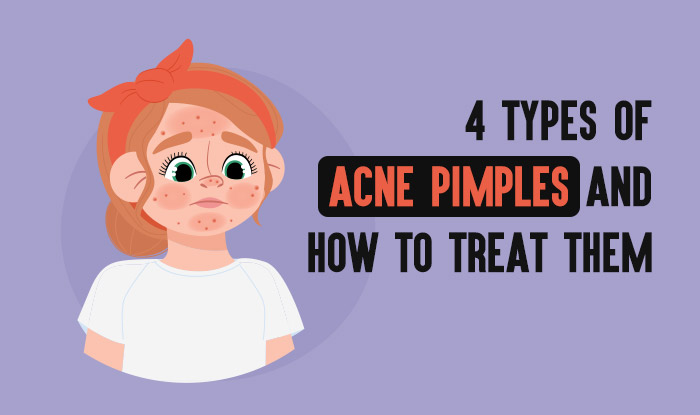
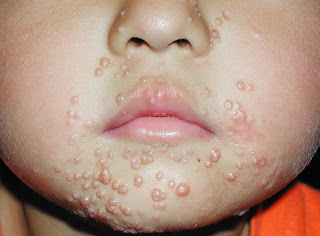
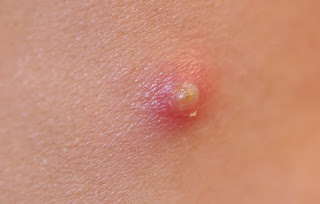
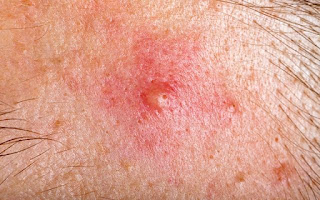
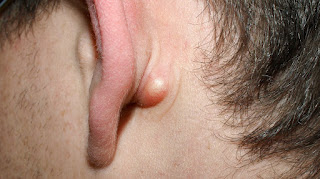
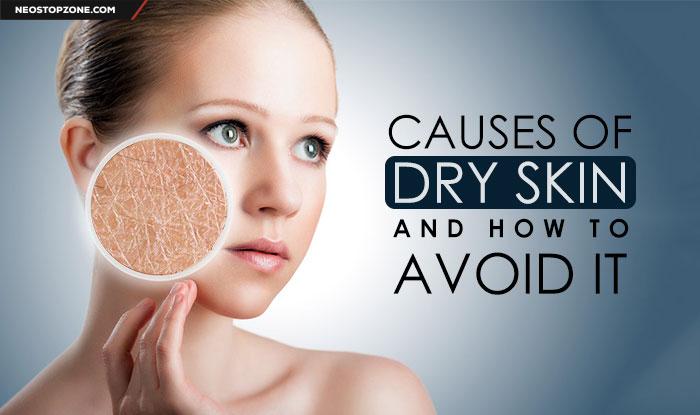
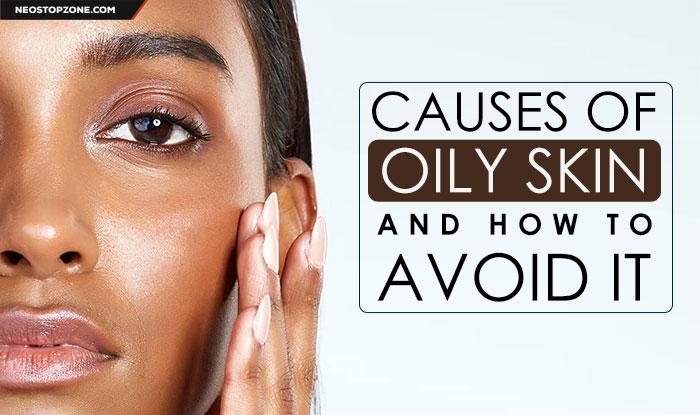
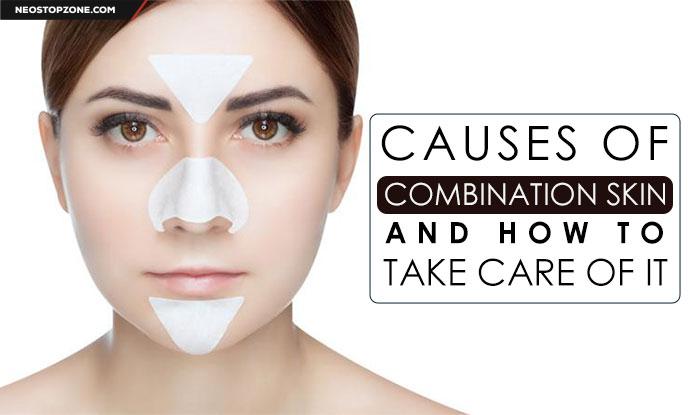
I am a website designer. Recently, I am designing a website template about gate.io. The boss’s requirements are very strange, which makes me very difficult. I have consulted many websites, and later I discovered your blog, which is the style I hope to need. thank you very much. Would you allow me to use your blog style as a reference? thank you!